MANGO VARIETIES & PLU CODES
Throughout the year, you’ll most likely find at least one mango of the six varieties described below.
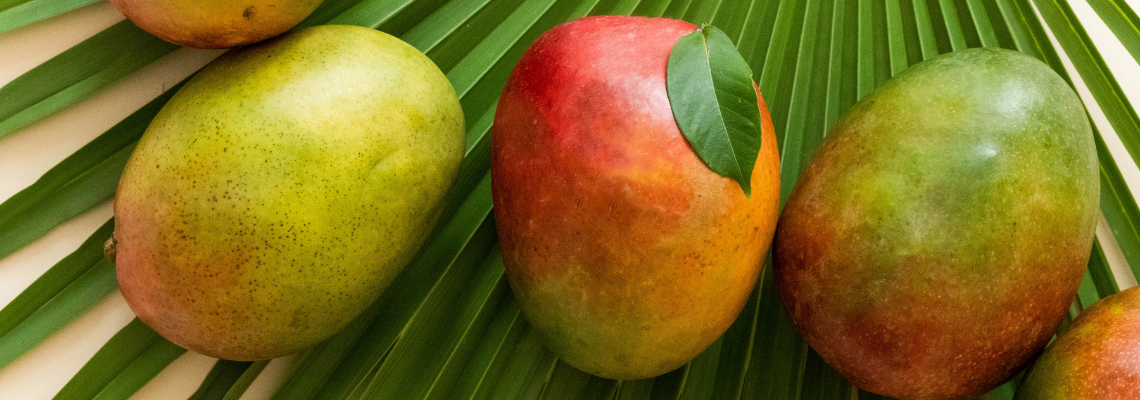
Each mango has a unique flavor and texture, so try different varieties at different stages of ripeness and at different times of the year. You’ll be glad you did.
Honey (Ataulfo)
Like the name suggests, this particular mango is a brilliant vibrant yellow, offering a tropical, peachy aroma and a sweet and sour flavor experience.
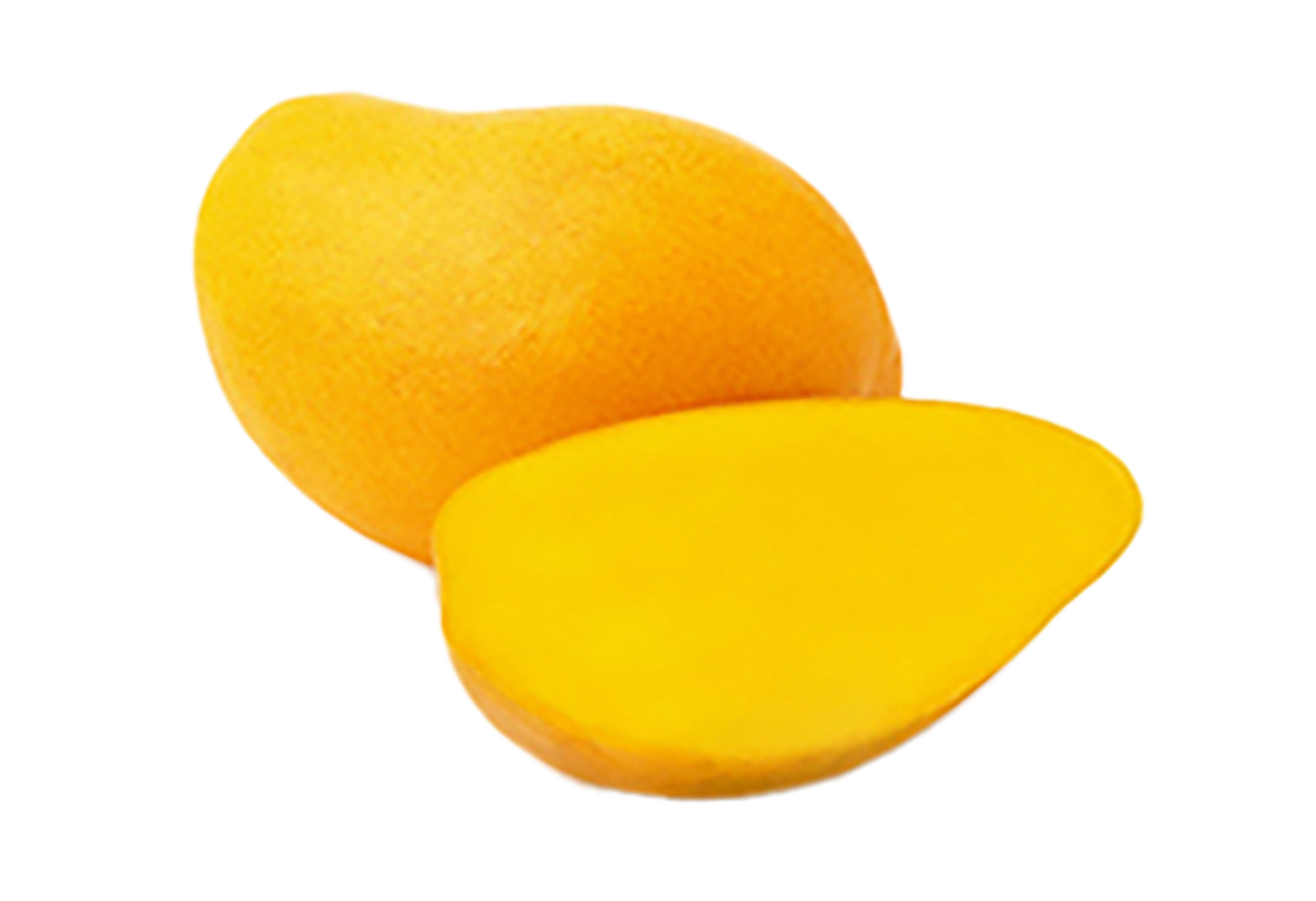
Alphonse
This Indian variety is a mild tasting mango with firm flesh that can range in skin color from purple to yellow, and is oblong in shape.
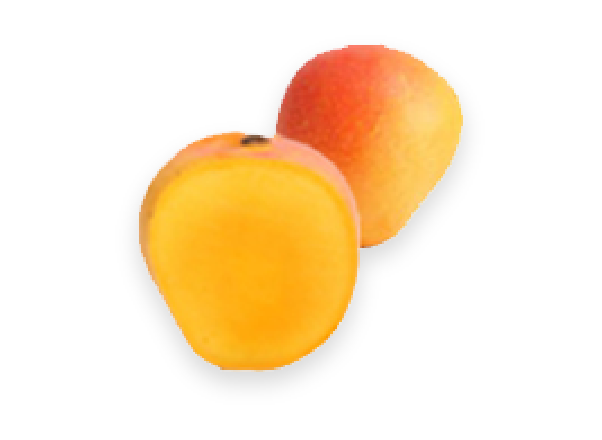
Edward
This fiber-free sweet and tangy flavored mango can range in color from pink to yellow, and is round or oblong in shape.
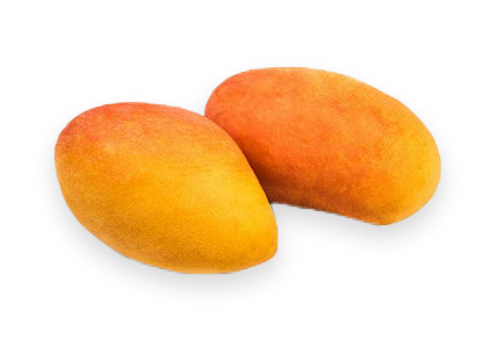
Francis
Carrying a dreamy aroma of peaches, Francis mangos offer a sweet, fruity explosion of flavor with every bite.
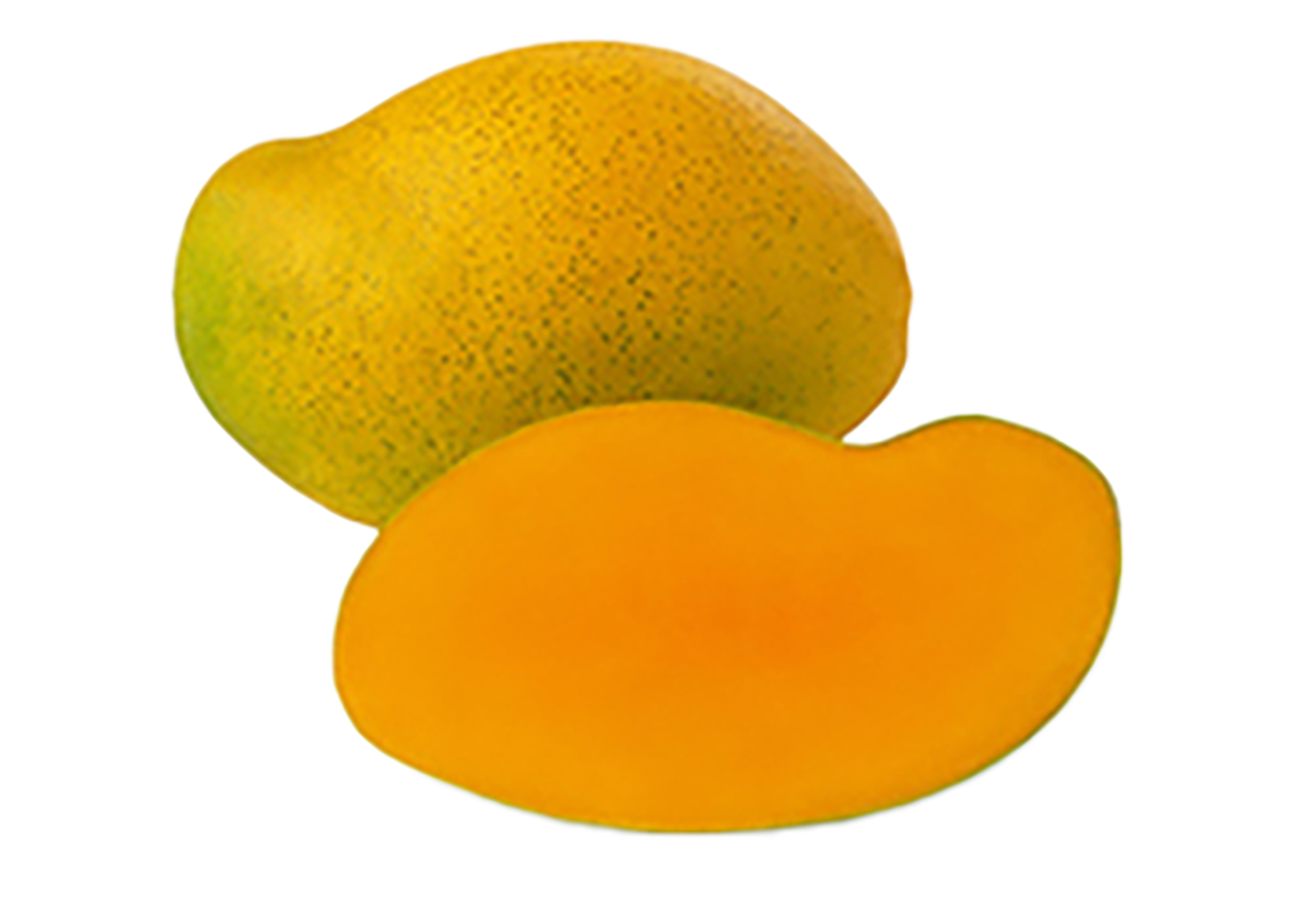
Haden
This vibrant canvas of bright red, green and yellow opens to reveal a tantalizing mix of sweet, sour and just a hint of bitter tropical bliss.
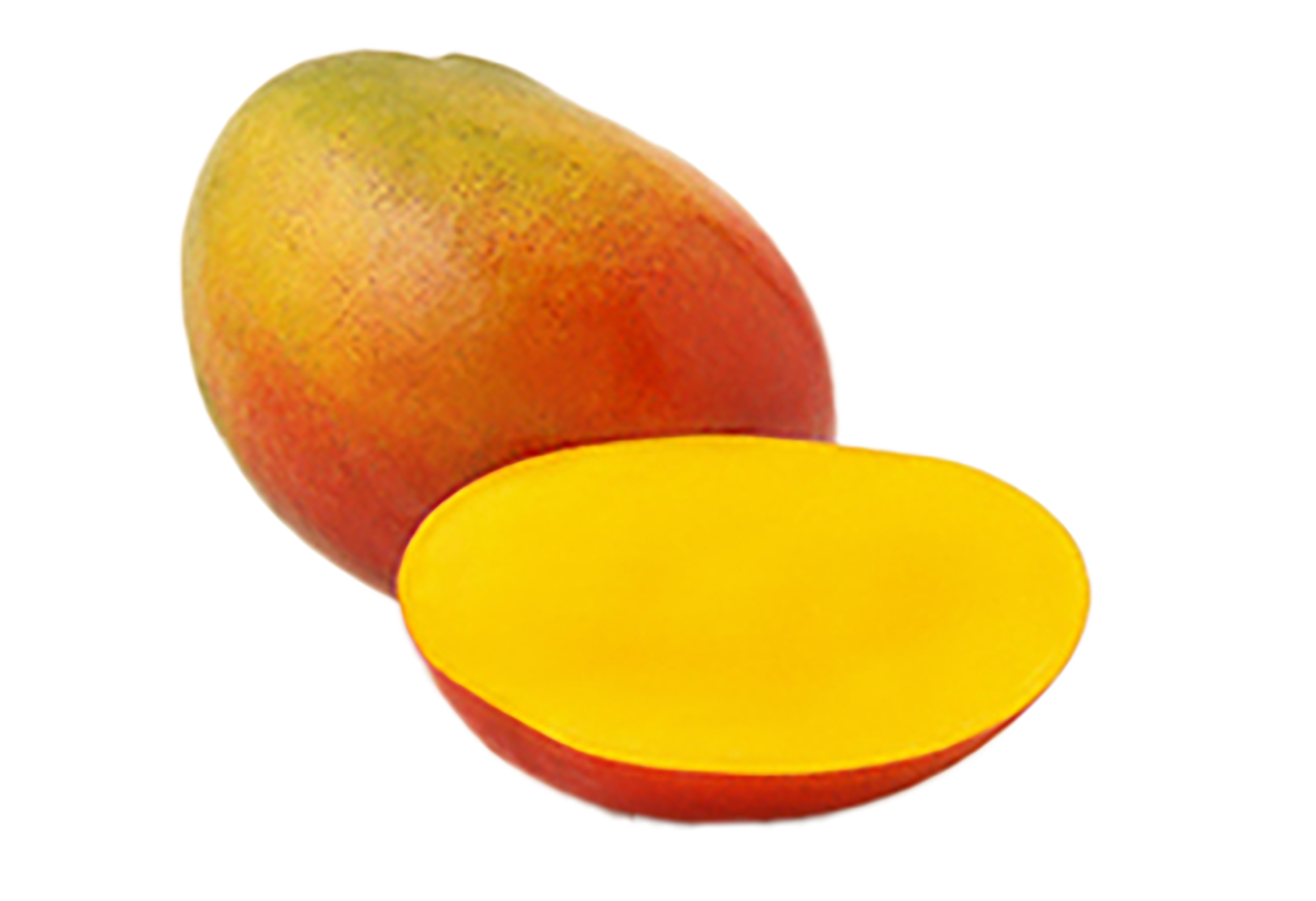
Keitt
These green blushing beauties are as sweet as can be! Each bite is firm, juicy and better than the last.
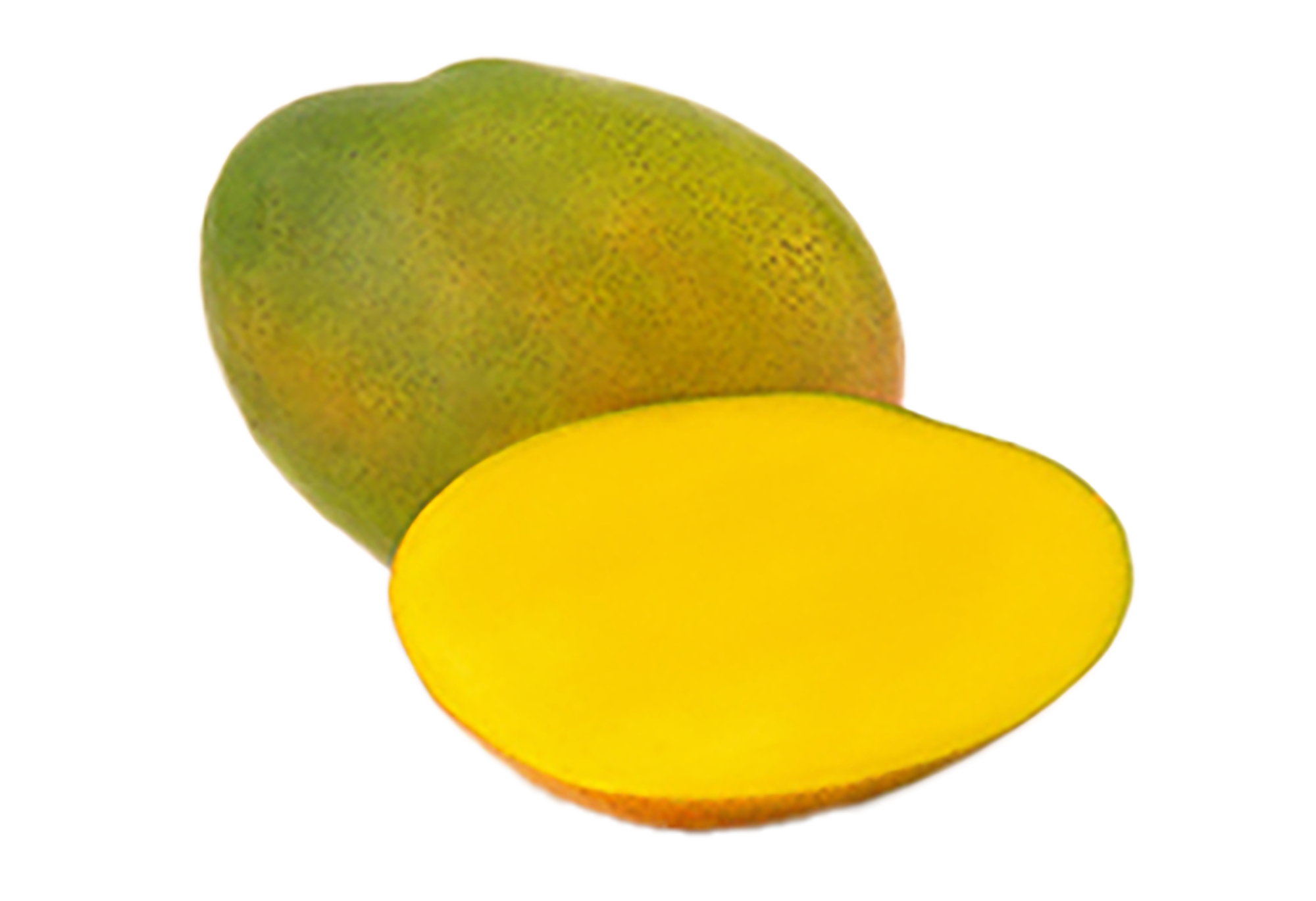
Kent
This mango is juicy, sweet and boasts an enticing tropical aroma. Its gorgeous dark green skin protects bright yellow flesh, making it the perfect colorful addition to any plate.
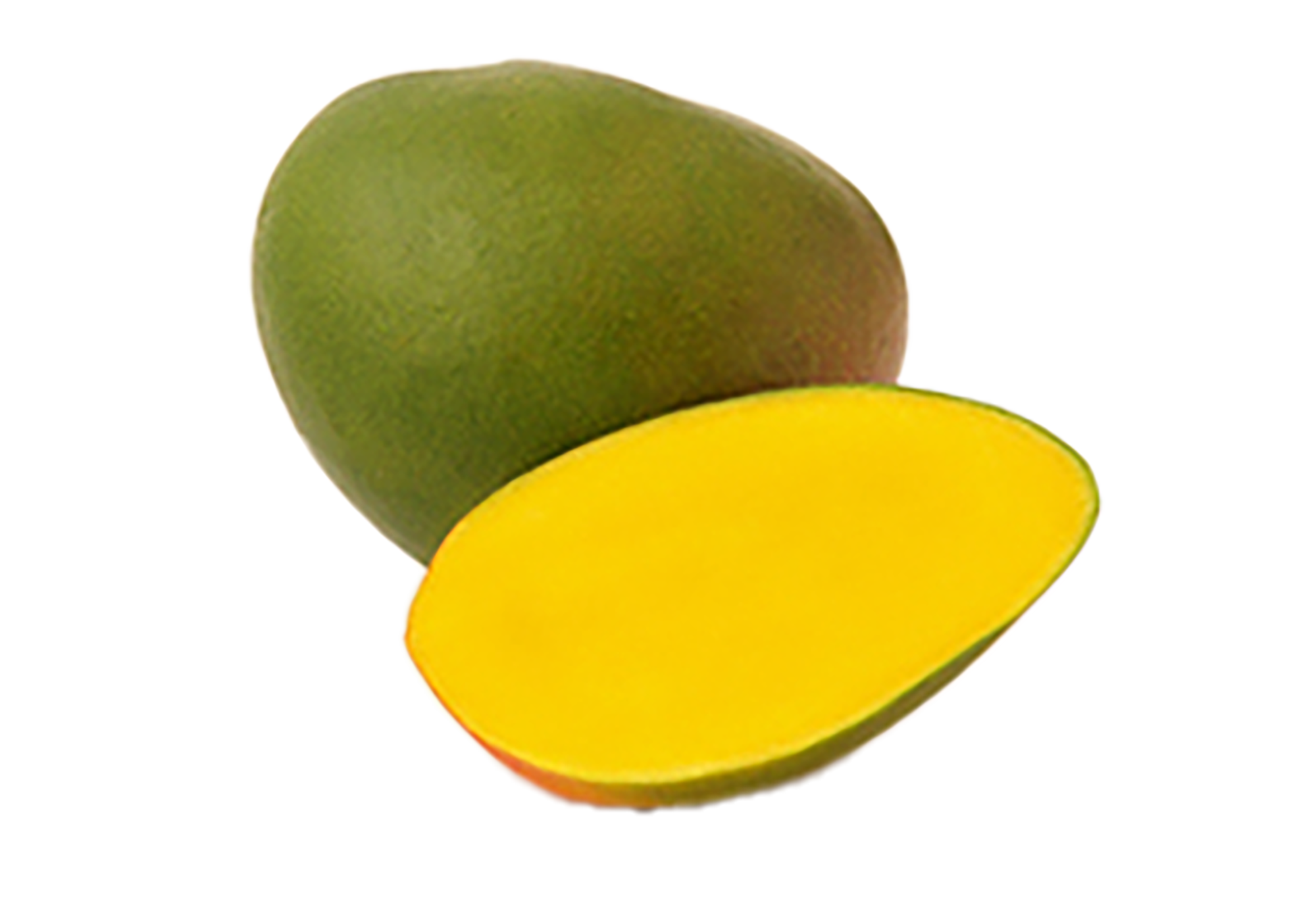
Kesar
This Indian variety is a fiber-free sweet mango that can vary in color from green to yellow with a round shape.
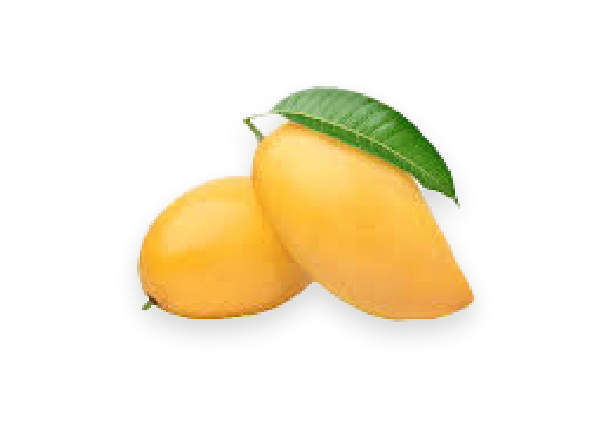
Manila
This fiber-free sweet mango can range in color from orange to yellow to pink, and has a narrow shape
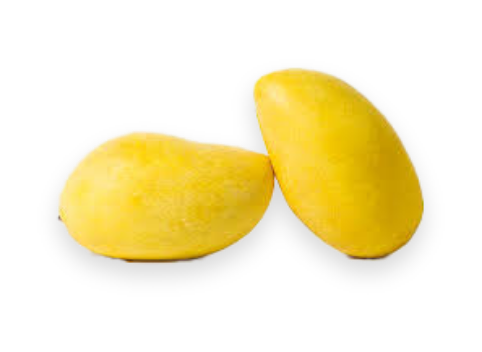
Mingolo
Dominican Republic. Mingolo mangos are medium size mangos with green skin that ripens to a yellow color. They are very sweet with a medium sized seed.
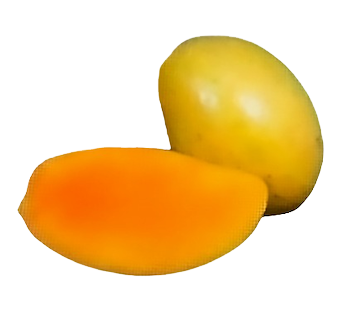
Palmer
This mild flavored, firm flesh mango ranges from purple to red to yellow, and is oblong in shape.
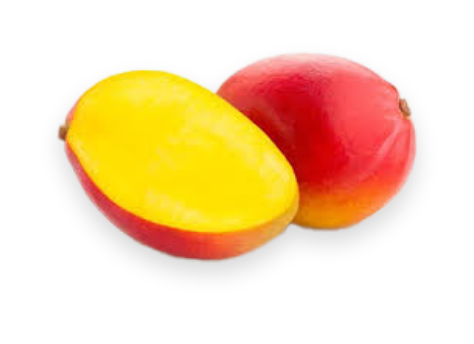
Tommy Atkins
This mango offers small, subtle hints of tropical fruit and citrus aroma. The flavor is more tart than sweet, and fibers throughout the flesh add an exciting texture to each bite.

ALL OVER THE WORLD
The mangos we buy here in the U.S. come mostly from Mexico, Ecuador, Peru, Brazil, Guatemala and Haiti. Fortunately for us, these countries harvest their mango crops at different times of the year, which means we get to enjoy mangos all year round. The mango year has two seasons, one in the spring/summer and one in the fall/winter. The two seasons overlap to provide a year-round supply.
Click on the link below to download a downloadable Varieties and Availability Handout.

BY COUNTRY
The mango year has two seasons, one in the spring/summer and one in the fall/winter. The two seasons overlap to provide a year-round supply. Although close to 70% of the total mango volume is shipped to the United States in the spring and summer, there is a distinct peak in both seasons.


Mangos have been grown in the U.S. for a little more than a century, but commercial, large-scale production here is limited. Because mangos need a tropical climate to flourish, only Florida, California, Hawaii, and Puerto Rico grow mangos. Many mango varieties have been cultivated in South Florida, as part of a seedling program initiated by the United States Department of Agriculture (USDA) and spearheaded by David Fairchild, founder of USDA’s Section of Foreign Seed and Plant Introduction. The program focused on introducing mango varieties to the region, with the goal of producing mangos that could be exported.
Today, many of the popular varieties of mango grown around the world were derived from this program in Florida, including the Tommy Atkins, Haden, Keitt, and Kent. In fact, the Haden was a seedling of the Mulgoba, a seedling brought to Florida by the USDA from India during the late 1800s.
Fairchild Tropical Gardens, named after David Fairchild, continues to cultivate mango varieties and work with mango growers all over the world. Fairchild is known for its annual International Mango Festival, which draws thousands of mango lovers each year to its Miami-area location in a celebration of all things mango. For more information on David Fairchild, and the Fairchild Tropical Gardens, visit http://www.fairchildgarden.org.
| PLU CODE | DESCRIPTION | SIZES | VARIETIES INCLUDED |
|---|---|---|---|
| 3488 | Red Mango, XL | 7 and larger | Tommy, Haden, Kent, Palmer and any other red mangos |
| 4959 | Red Mango, Large | 8 to 10 | Tommy, Haden, Kent, Palmer and any other red mangos |
| 4051 | Red Mango, Small | 12 and smaller | Tommy, Haden, Kent, Palmer and any other red mangos |
| 3114 | Green Mango, XL | 7 and larger | Keitt and any other green mangos |
| 4584 | Green Mango, Large | 8 to 10 | Keitt and any other green mangos |
| 4311 | Green Mango, Small | 12 and smaller | Keitt and any other green mangos |
| 4961 | Yellow Mango, Large | 16 and larger | Ataulfo, Manila, Oro and any other yellow mangos |
| 4312 | Yellow Mango, Small | 18 and smaller | Ataulfo, Manila, Oro and any other yellow mangos |
| 3621 | Francis | All sizes | Francis |
| 4313, 4314, 4315, 4316 | Retailer Assigned Codes | *PLU codes for organic mangos are the same as those listed above, with the addition of a leading “9” | |